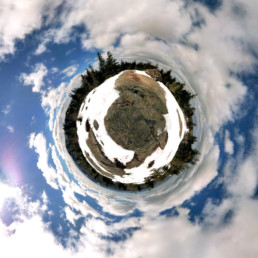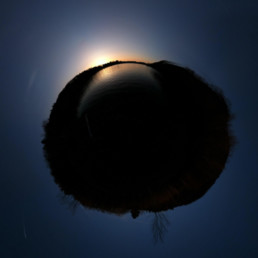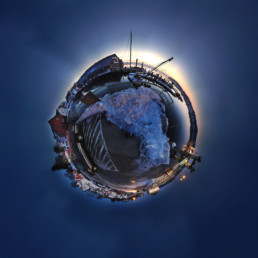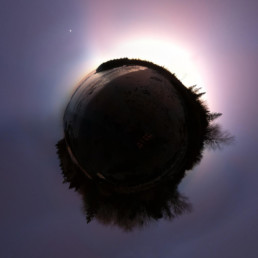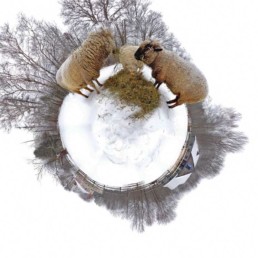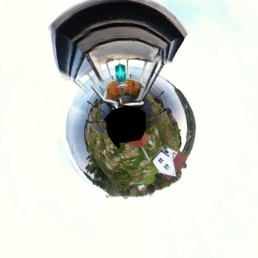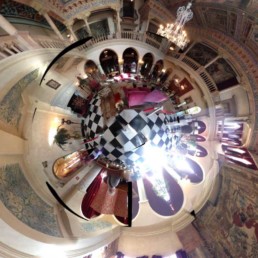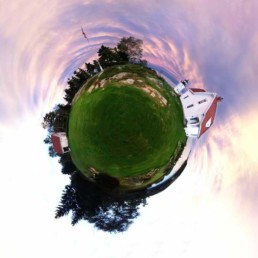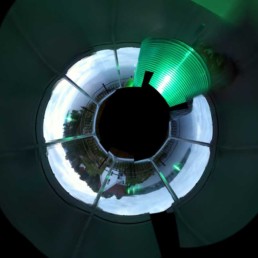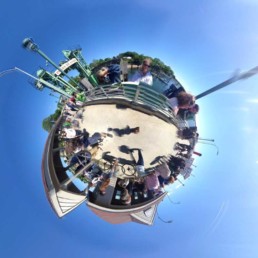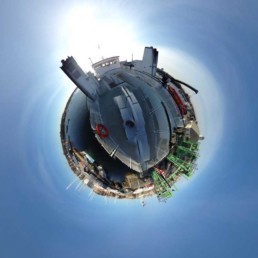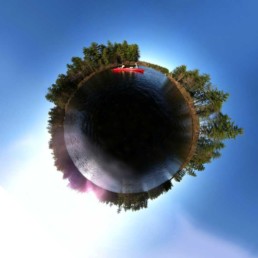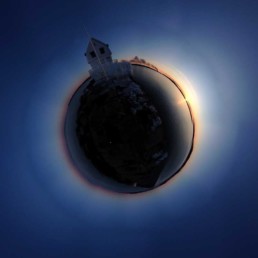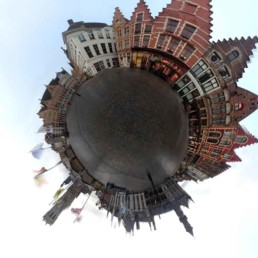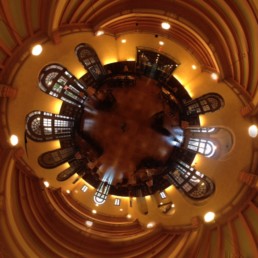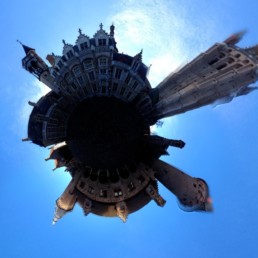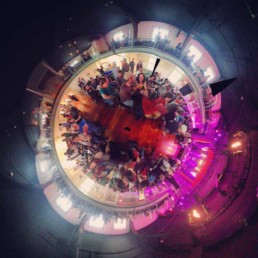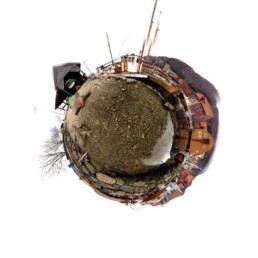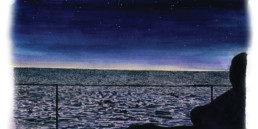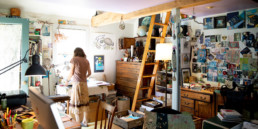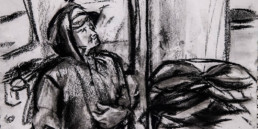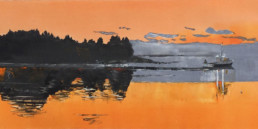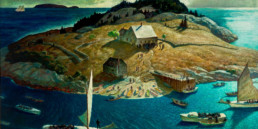Island 360° – A New Perspective
No matter who the observer might be, it is often the location of the visual experience that shapes one’s perception of the landscape. The sailor’s gaze from the mid-Atlantic is different than the shuttle astronaut’s perspective from the upper atmosphere, which is different than the Sherpa’s view from the Himalayas. Landscape not only determines what is experienced and seen, but also how its residents look, and how those residents capture or organize what they see. Simply put, landscape—be it mountain, plain, atmosphere, or island—determines format.
Check out our user-submitted gallery of 360 images and submit your own!
Being on an island, by definition, involves a 360° reality. Entirely surrounded by water. The barrier of water isolates and buffers, but if that barrier is not a complete circle—say, a 359° reality because of a 1° causeway—well, that’s peninsular life, and that’s more like the mainland. Consequently, being on an island necessitates a 360° sensitivity, a 360° perspective. Islanders can spread out at sea in every direction to search for maritime opportunity, like players breaking from a huddle. Or they can hunker down to resist an outside threat, like snorting musk ox circled hip to hip.
Optically, this 360° sensitivity is not literally true. Like the rest of life that emerged from the great Cambrian explosion 550 million years ago, humans derived significant advantages from our ability to see. Some argue that sight is our most evolutionarily significant sense, more than smell, taste, touch, or hearing. Yet unlike our sense of hearing, humans have not evolved to see 360°. We’re no good at seeing what’s going on behind our backs. Our two eyes are positioned in front and relatively close together, the better to assess the distance between us and our target of interest. Rabbits have an eye on either side of their heads. Perhaps this is better for assessing who has a targeted interest in them. Some have suggested that the positioning of eyes reflects a creature’s place in the food chain.
The architecture of eyes certainly does present some strange food for thought. Consider the position of the eyes on the sperm whale’s head, as Herman Melville does with a literary flourish in Moby-Dick:
Effectually divided as they are by many cubic feet of solid head, which towers between them like a great mountain separating two lakes in valleys… Is his brain so much more comprehensive, combining, and subtle than man’s, that he can at the same moment of time attentively examine two distinct prospects, one on one side of him, and the other in an exactly opposite direction?“The Sperm Whale’s Head—Contrasted View,” Ch. 74
We have only recently adapted to see the 360° reality within which we actually live. I can’t remember exactly when I learned about taking 360° photos, but it was probably one of those moments a year or so ago when someone came toward me waving a smartphone and saying “You’ve got to try this app!” Few enthusiasms match the fervor of an app convert. But I confess, as soon as I saw the circular “stereographic” format, I was completely gripped. “Oh my god! That little phone?” Soon I, too, was holding my smartphone while standing in an open space, spinning slowly, raising and lowering my arm until I’d completed a full circle.
At this point in the app’s evolution, approximately 30 individual still photos can be recorded and then stitched together into an enhanced and mostly seamless composite image. It all happens in about a minute. Presto. You’ve recorded the inside of a globe, side to side, top to bottom. The physical operation probably appears to nearby observers as something between a slow dance and a recovered Druidic salute. But no matter how the 360° recording experience appears to others or how challenging it is to pull off, I’m now in love with the little local planets that this action produces. And I am convinced that islands and this 360° app go together.
Here are a few additional thoughts on these Island360s, and an invitation to try and create some yourself:
- THE LOCAL REVEALS THE PLANETARY. We tend to forget that our lives unfold on a planet that is spinning at a terrifying 18,000 miles an hour in the blackness of space. That’s too fast. When we slow down, islands reveal the local as the global, without undue terror. So do Island360s.
- COPERNICUS FINALLY MAKES SENSE. As much as we know that the Earth is not the center around which the sun and heavens circle, our senses tell us otherwise. As much as we know that a “sunrise” is actually an “Earthturn,” our minds tell us otherwise. Our immediate visceral experience makes us feel like we’re the center of everything. Each position on Earth, captured in Island360, makes its own planet.
- ISLANDS EXIST WITHOUT WATER. Perhaps most applicable for those of us who do not get to spend as much time on an island as we’d like is the realization that the mainland is carved up into micro island-like habitats. When Charles Darwin transferred his findings from the Galapagos to the mainland, he changed our understanding of nature. So do Island360s.
I know that others are stumbling across the 360 Panorama app every day. Please share your Island360s and comments with me and others on our page, Island 360.

